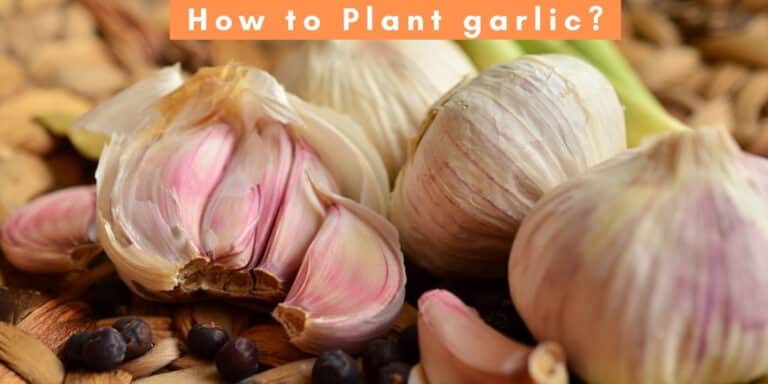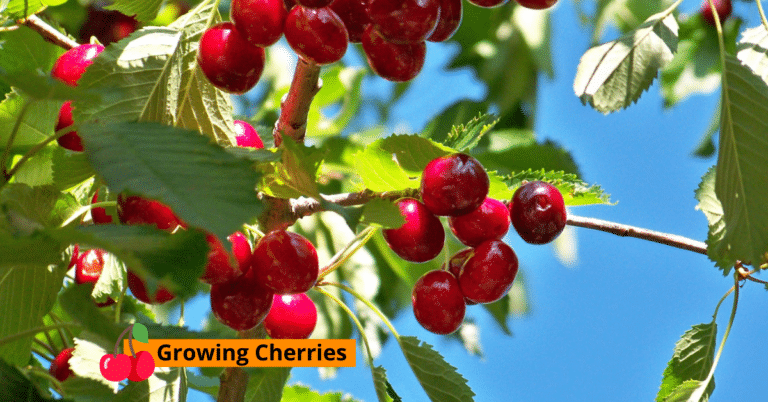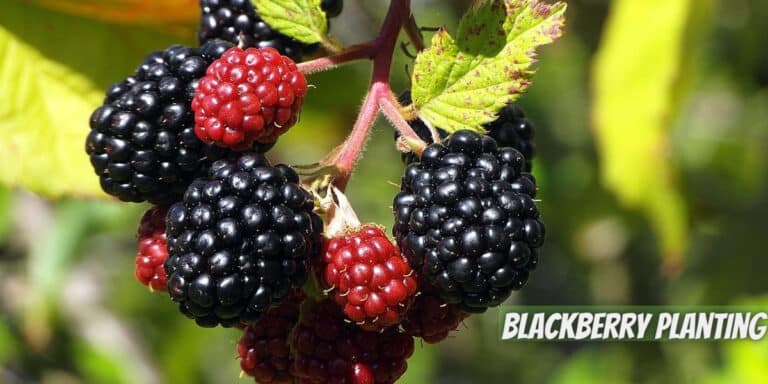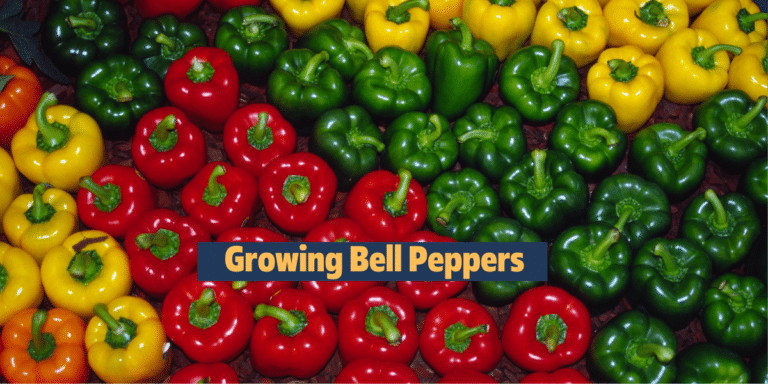Planting, Growing, and Harvesting Garlic
Planting Garlic, Garlic is a simple to-develop crop. Past its intense flavor and culinary uses, “the smelling rose” is additionally acceptable in the nursery as a creepy-crawly repellent. It has been utilized for quite a long time as a home cure. Garlic is typically planted in fall and afterward gathered in midsummer yet and in…





